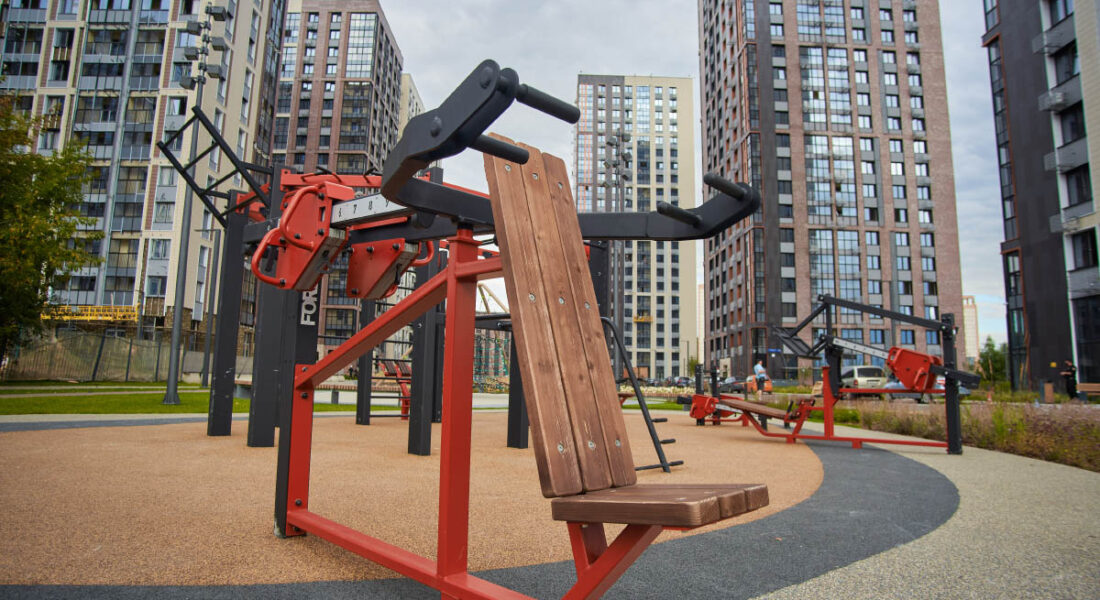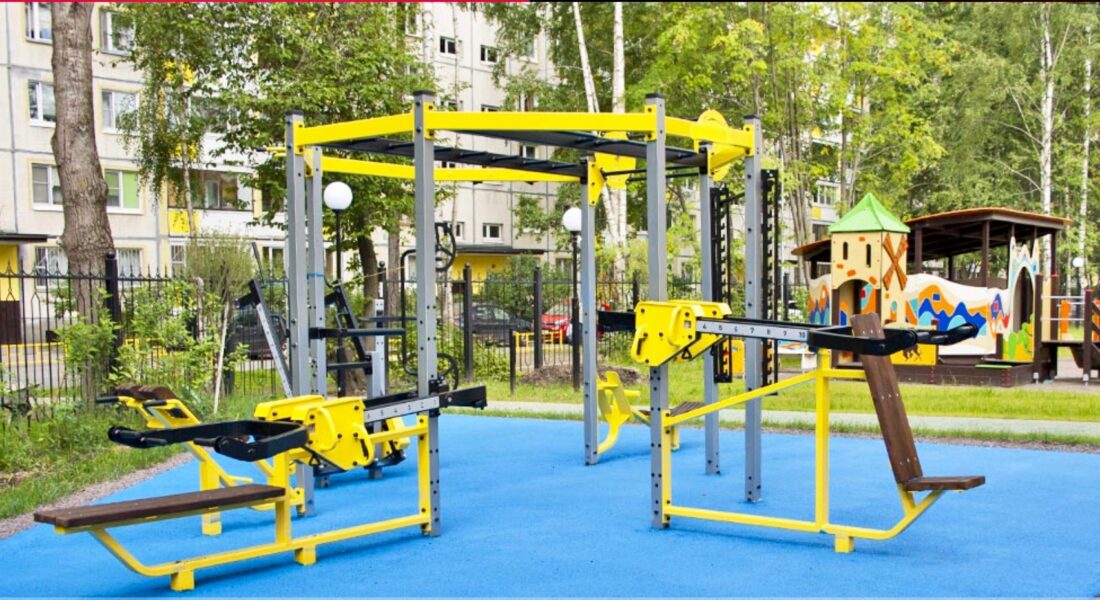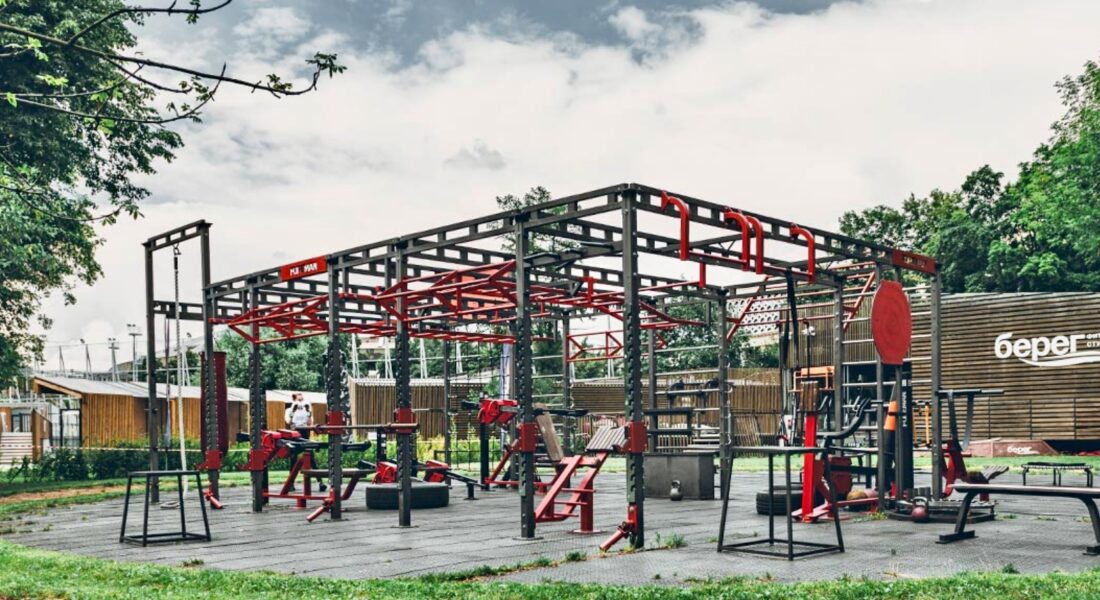OUTDOOR GYMS
Should You Add Decking to Your Home?
September 17, 2017BLOG 3
February 8, 2021
Round houses were once all the rage (think mud huts, yurts and teepees). Houses were built in the round because they offered strength against earthquakes, strong winds and heavy snow, and because they were quick to heat and simple to roof.
These days, modern building materials and fixings offer enough strength and stability to not have to deploy round exteriors for strength, and it is unusual to see one. Not because the shape is unappealing aesthetically, but largely because the machinery that makes and shapes building materials such as steel, brick, glass, timber and stone is designed to produce it flat, square and straight. Flat, square and straight is the default setting for most building material manufacturers, so it should be of no great surprise that design and manufacture of curved furniture takes longer and ultimately costs more.
In addition to the varying radius dimensions, other challenges present themselves. Dishwashers and fridges have flat doors, raising the question of how you fix a curved furniture door to the face of a flat metal door? Does the hinge on the appliance throw the curved door out far enough so that it doesn’t meet adjacent doors? Hardly any of the joints meet at 90 degrees. How do you clamp these items together at an angle? Are the floor tilers using the same radius as you and will their floor radius match your plinth radius?
Things that need to be sorted before your bespoke round kitchen can be created!







